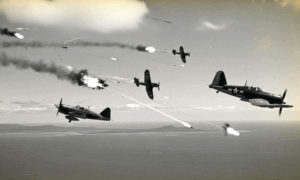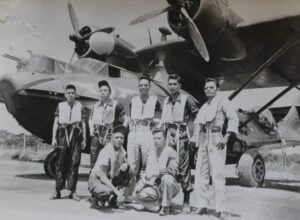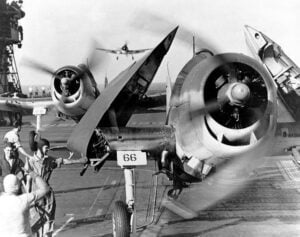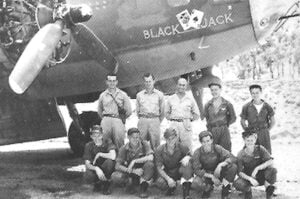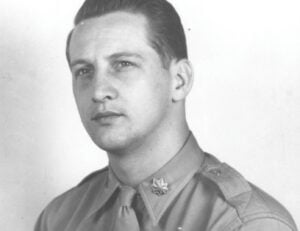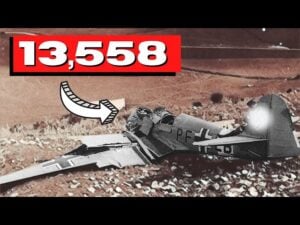What History Never Told You About the B‑29 Superfortress
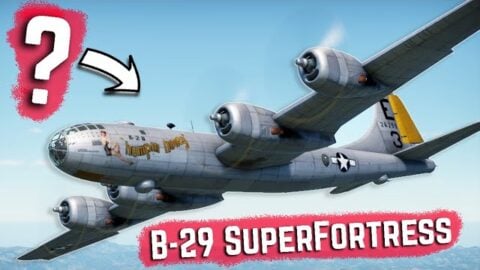
YouTube / TJ3 History
The Boeing B‑29 Superfortress is often remembered as the aircraft that dropped the atomic bombs and helped end World War II. But behind its sleek, pressurized fuselage lies a story far deeper—and stranger—than most history books reveal. Here are the lesser-known truths about this groundbreaking bomber that changed aviation forever.
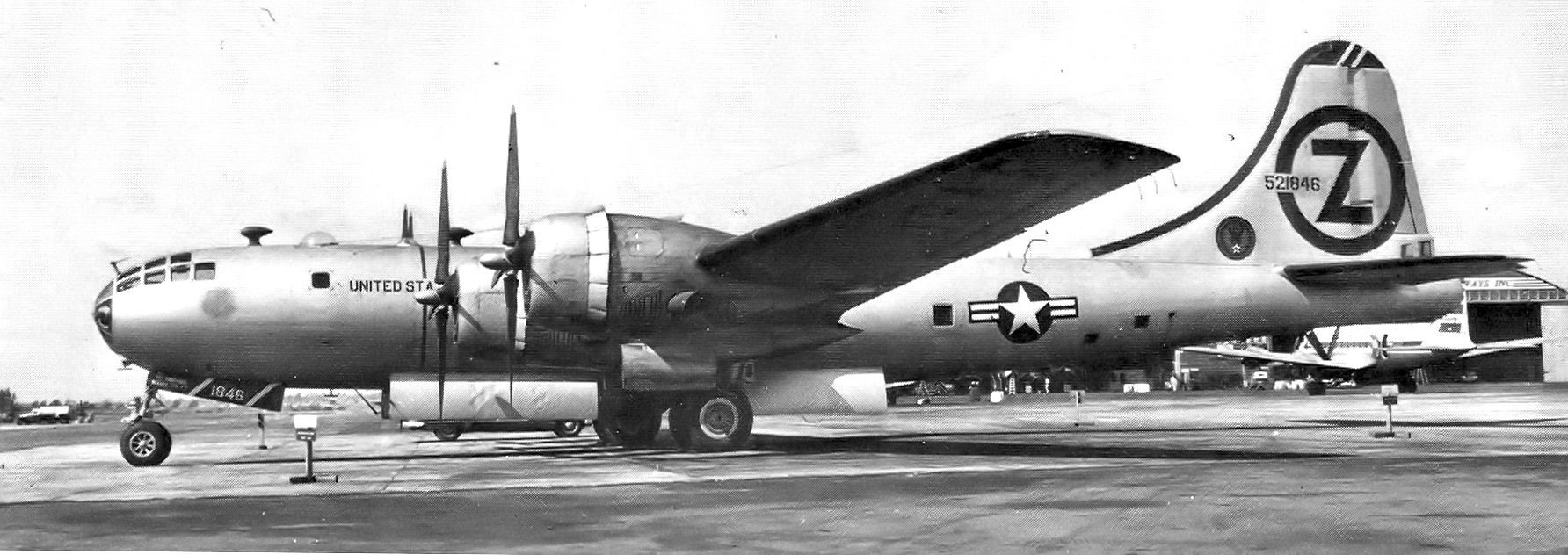
It Cost More Than the Atomic Bomb
Long before the U.S. entered WWII, military leaders realized the B‑17 Flying Fortress would be inadequate for fighting across the Pacific. Enter the B‑29—designed for extreme range, heavy bomb loads, and high-altitude precision. But that innovation came at a price: $3 billion, more than the Manhattan Project itself.
Everything on the B‑29 was cutting-edge. Its engines, pressurization system, remote-controlled gun turrets, and even the computers were new. So much development was required that many of the early B‑29s had to be rebuilt immediately after rolling off the assembly line to accommodate last-minute upgrades.
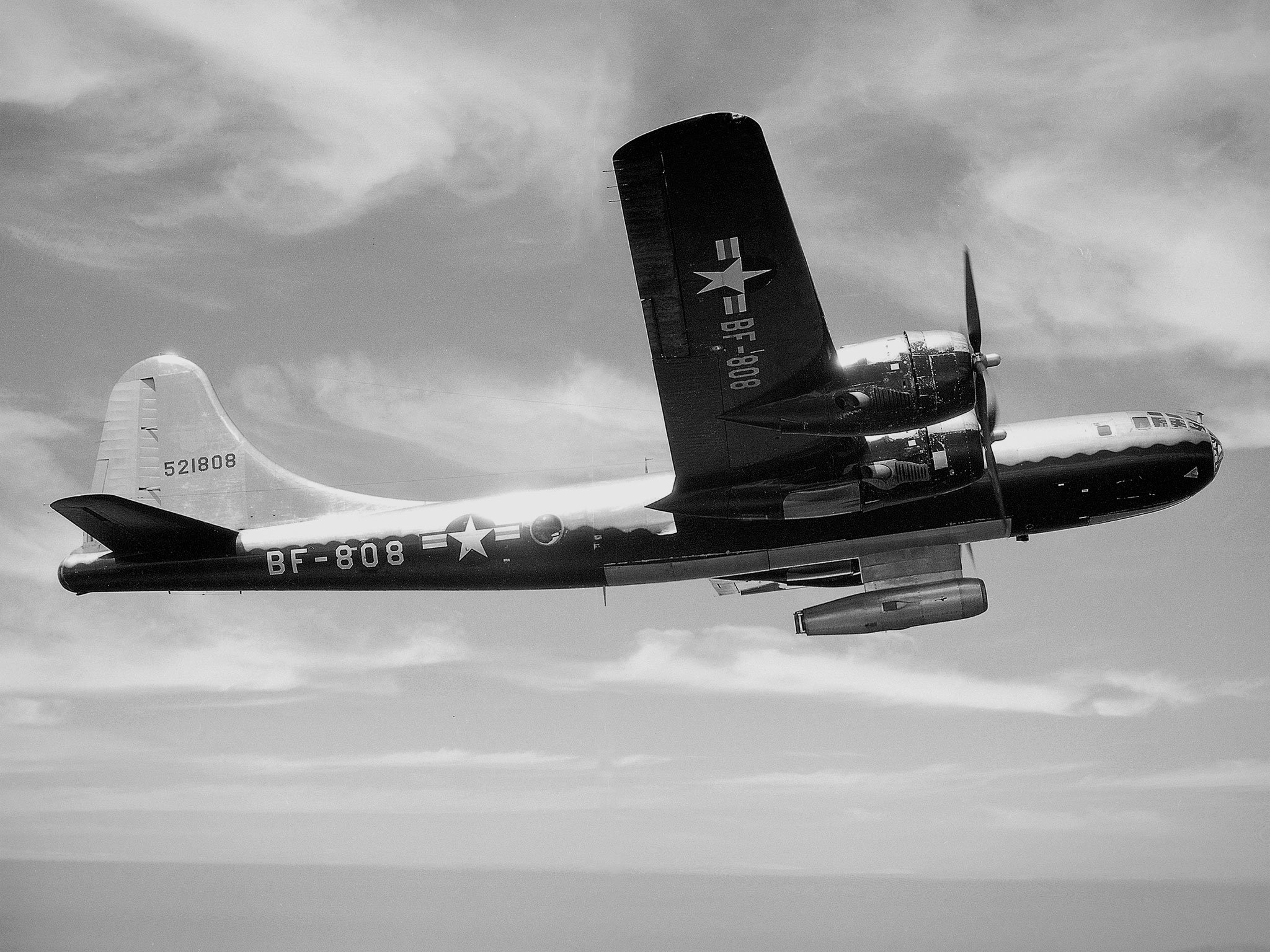
A Deadly Engineering Learning Curve
The B‑29’s technical complexity made it dangerous to fly in its early days. On February 18, 1943, renowned test pilot Edmund T. Allen died along with his crew when a prototype caught fire and crashed into a Seattle meatpacking plant, killing 19 people on the ground.
One of the aircraft’s most dangerous flaws was its Wright R‑3350 engines, which often caught fire due to poor valve lubrication. Manuals warned that an engine fire could cause wing separation in under 90 seconds—a terrifying reality for its crews.
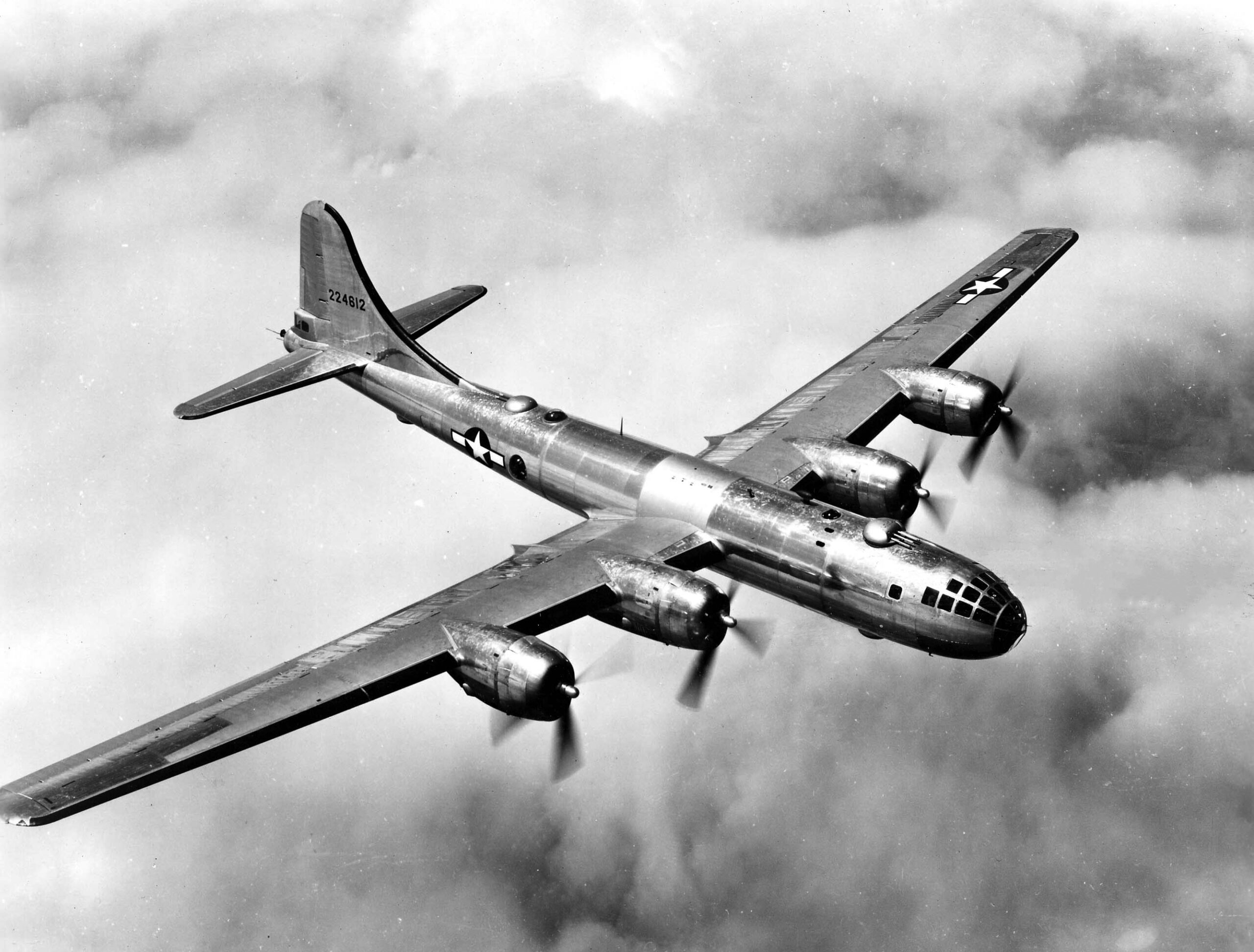
A Rocky Combat Debut
The B‑29’s first combat mission occurred in June 1944, targeting Thailand. Of the 100 bombers that launched, five were lost—not to enemy fire, but to mechanical failure. Worse, bombs routinely missed their targets by over two kilometers. In one mission, only one bomb hit its intended target out of 68 aircraft. Yet, almost by accident, one raid destroyed the Japanese secret police headquarters.
The aircraft’s early combat problems stemmed from rushed production and under-tested systems. Still, those hard lessons would help refine the bomber into the deadly force that devastated Japan in the war’s final year.
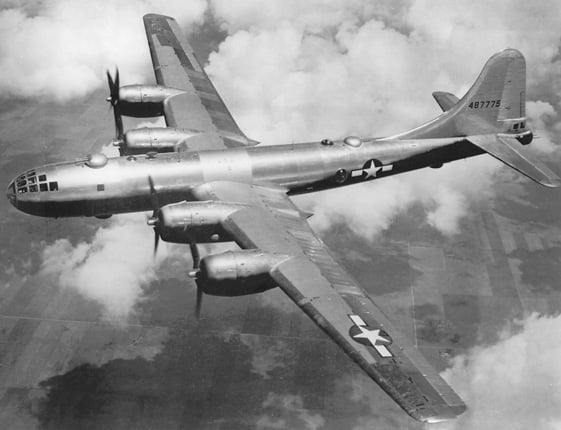
A Tool for Deception
Before its Pacific deployment, a single B‑29 nicknamed Hobo Queen toured RAF bases in England—not for combat, but as disinformation. U.S. commanders wanted to spook German intelligence into thinking the B‑29 would be used in Europe. It wasn’t. This psychological ploy was aimed to boost Allied morale and intimidate German forces—an aerial bluff in the chess game of war.
A Gunfight with Jets
Though remembered for WWII, the B‑29 also saw service in Korea, where it met its match in the Soviet MiG‑15 jet. The Superfortress—built to fly above WWII-era fighters—was now vulnerable. MiGs could climb faster, hit harder, and outmaneuver the B‑29’s defensive guns.
American Gunners found their targeting computers couldn’t keep up with the speed of jets. After losing 28 aircraft to MiGs in daylight raids, the B‑29 was reassigned to nighttime missions and reconnaissance. Only one B‑29 Gunner is confirmed to have ever shot down a MiG‑15.

From Bombs to Bread: Operation Swift Mercy
When Japan surrendered, many American POWs remained starving in prison camps. In Operation Swift Mercy, B‑29s swapped bombs for food and medicine, dropping supplies over Japanese territory. Barracks were marked “PW” (Prisoner of War), and B‑29s flew low, delivering life-saving aid.
The most incredible twist? American POWs later shared these supplies with starving Japanese civilians, many of whom were equally neglected by their own government. In a remarkable act of compassion, the Superfortress became a symbol not of destruction—but of mercy!














